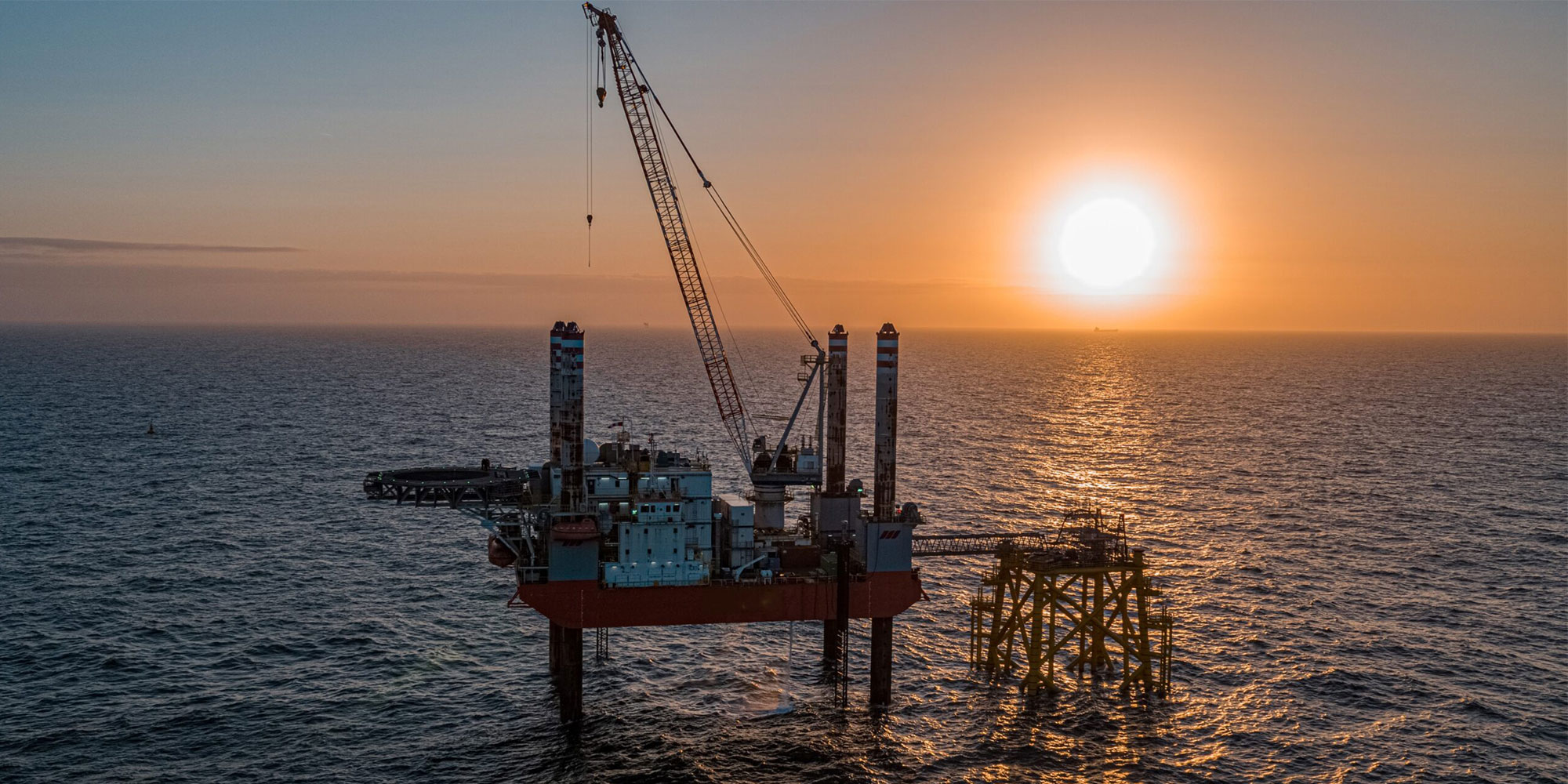
From Caves to Offshore Scaffolding in the History of High Work
From Caves to Offshore Scaffolding in the History of High Work
When you look at a complex offshore scaffolding system from BGB Group, you’d be forgiven for thinking that scaffolding is a relatively modern invention. But in fact, we’ve not only had scaffolding for as long as we’ve had tall buildings, we’ve probably had it for quite a while before that. Some evidence suggests that scaffolding has been around since before mankind had any buildings at all.
Ancient origins
The breath-taking cave paintings in Lascaux, dating from around 15,000BC, show a remarkable slice of Neolithic life, with images of animals and human figures; but they also tell us so much more. Some of the images are so high up on the wall that the primitive artists must have used some sort of platform to reach them. Recesses in the cave wall suggest a kind of primitive scaffolding system may have been used to support these ancient painters as they worked.
As mankind moved out of the caves and started to build, scaffolding became an integral part of the process. There’s evidence of rudimentary wooden scaffolding being used in ancient Egypt, as part of the construction of the pyramids, as well as in ancient Greece in the 5th century BC. At the same time, Eastern cultures, such as the Chinese were also developing scaffolding of their own, this time using bamboo.
These wooden and bamboo scaffolding solutions were so strong and so effective that they continued to be used for millennia, with people literally growing their own scaffolding. Grow the trees, or the bamboo, tall and strong, then cut them down and build them back up just as strong in precisely the place and configuration you need.
These traditional scaffolding systems have been so successful that they’re still used to this day. Many Asian countries still use bamboo, while wooden scaffolding can still be found in rural areas of some Mediterranean countries.
Modern scaffolding
The offshore scaffolding solutions we construct on modern windfarms may use different materials, but the essential principles are much the same as they’ve always been. In the early 19th century, spurred on by the industrial revolution, steel became the primary material for scaffolding. Stronger and more easily standardised, steel supports quickly replaced more traditional materials, but they were not without their problems. These new, stronger poles were prone to slipping when tied together with ropes.
This problem was solved by the Jones brothers, Daniel and David, who invented the rapid scaffixer and the universal coupler to connect the new metal poles together firmly. These two new connection devices revolutionised the scaffolding industry and earned the brothers an enviable contract of renovating Buckingham Palace in 1913.
BGB Group has its own remarkable history
The history of the BGB Group may not stretch back millennia, but our story is just as remarkable. Ben Badham founded BGB as a small, local scaffolding firm in 2007 with just £15,000, a container and a pick-up truck. In 2017 BGB tendered for their first offshore project, relying on the high standards we hold onshore and transferring these skills offshore. We have since then created a name for ourselves in the renewable energy sector, and are present on multiple windfarms around the world. .
Since then, BGB’s expertise and experience in both onshore and offshore scaffolding has spread far and wide, from the ancient world of the Orient, to the New World of the Americas, with branches from Taiwan to Rhode Island.
Scaffolding has been helping mankind reach higher for over 17,000 years, and BGB Group is here to help you do the same with innovative onshore and offshore scaffolding solutions to meet any access challenge simply and safely. To find out more about how we can bring our rich history and cutting edge technology to your project, get in touch today.